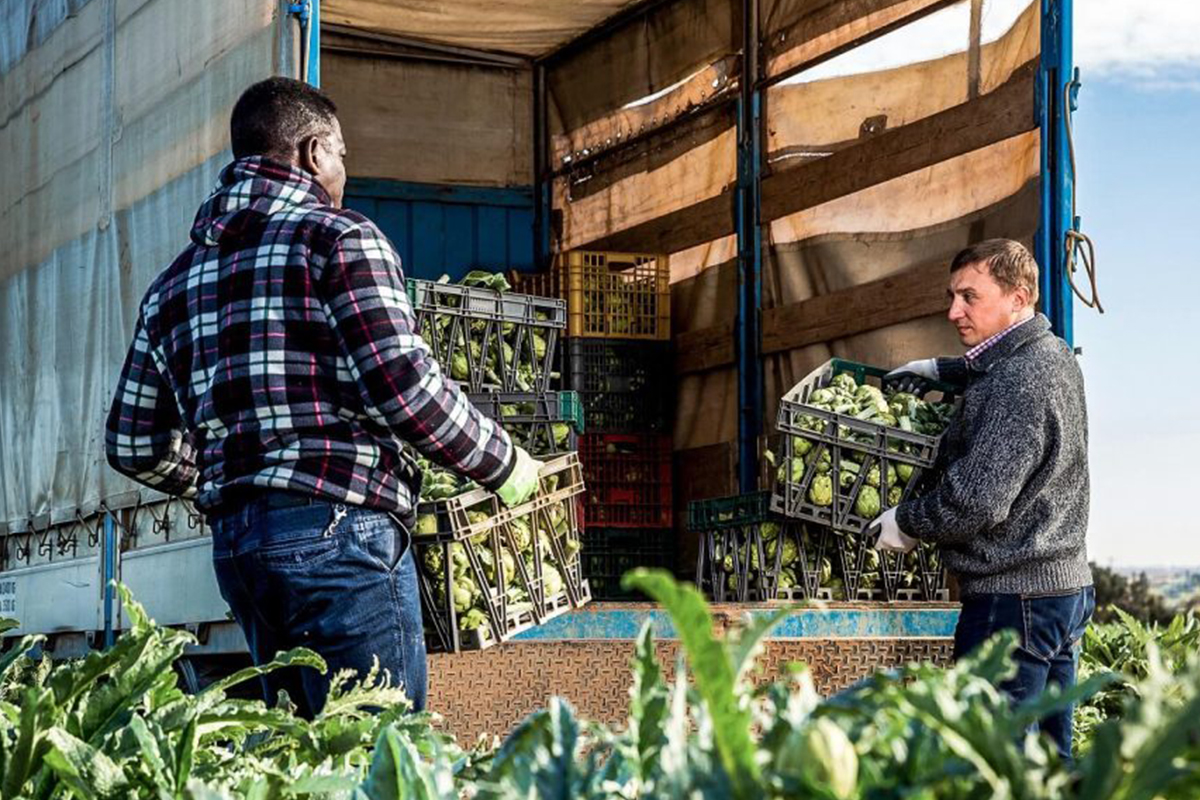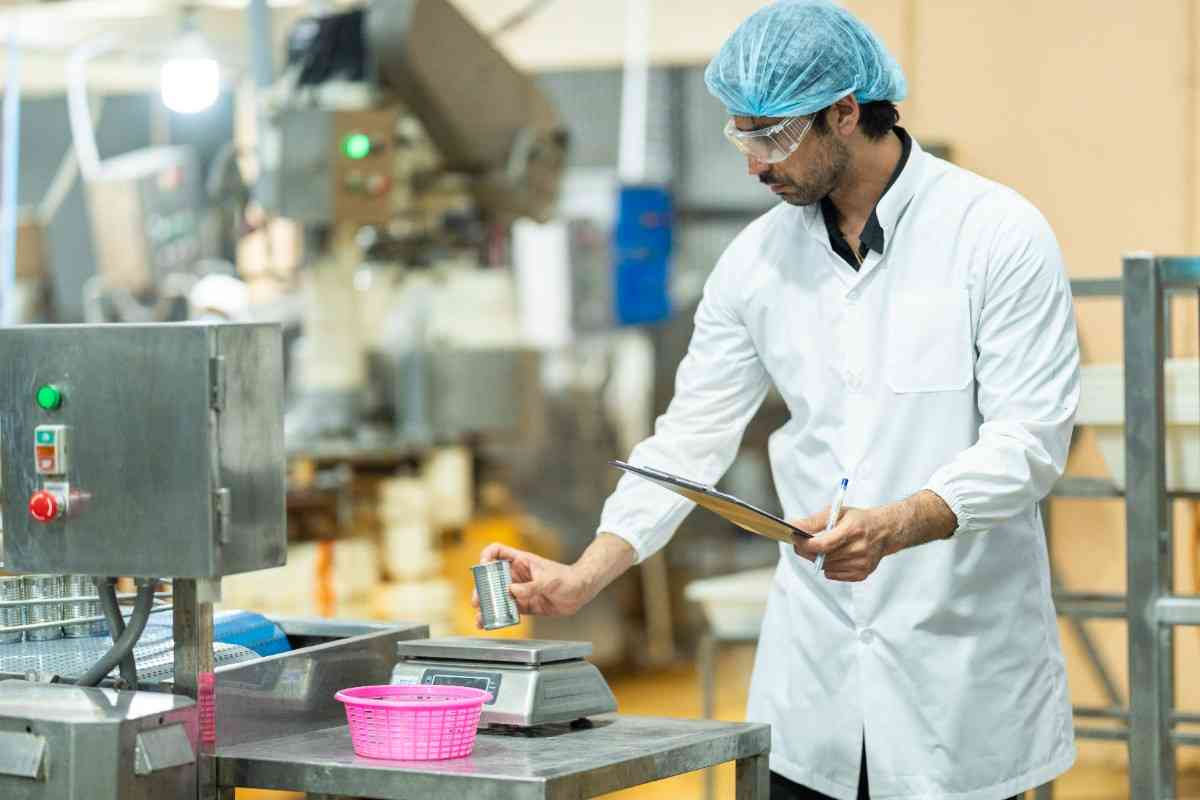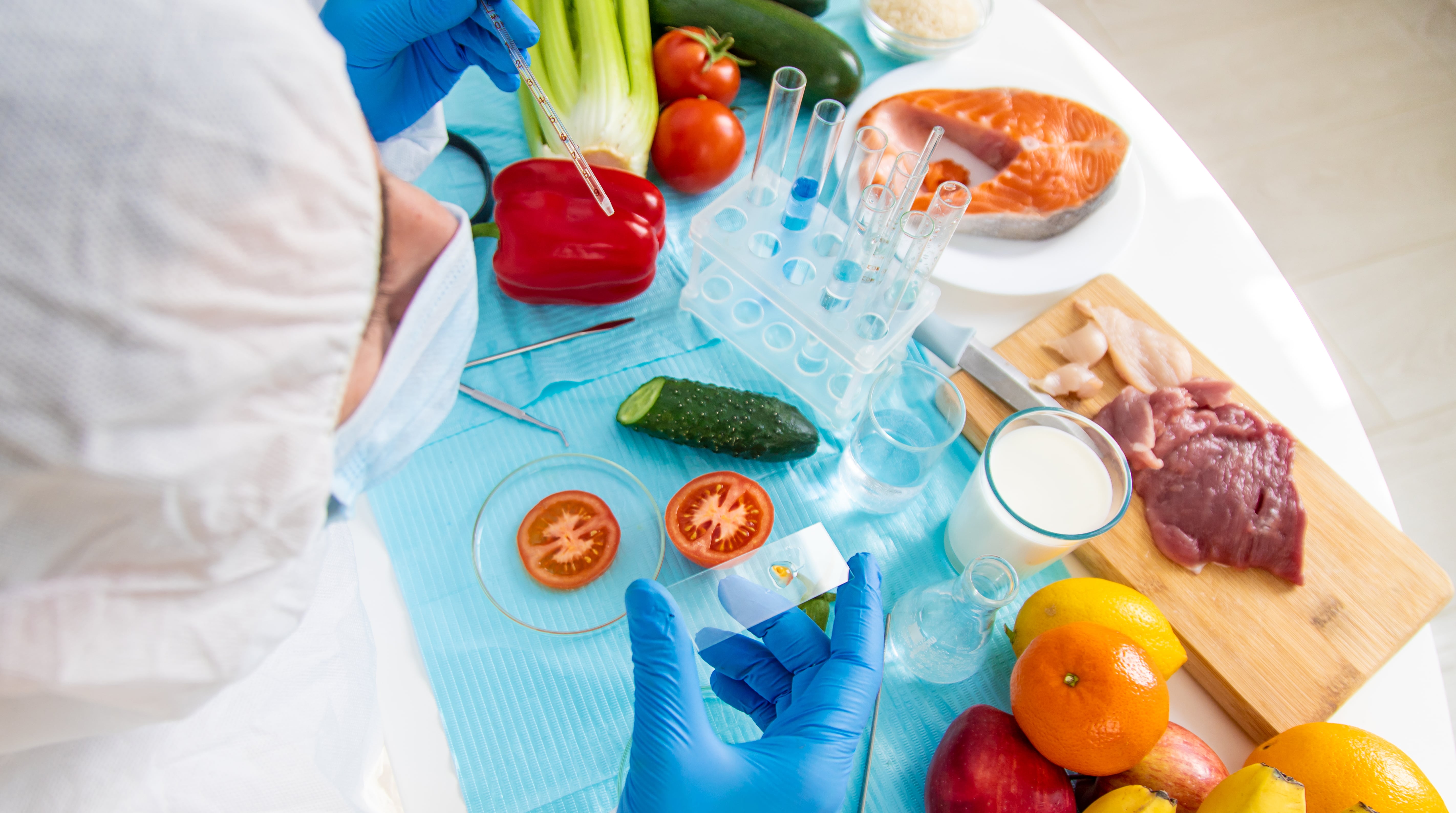Last Updated on June 17, 2025 by Admin
Table of Content
- Importance of Food Supply Chain in India
- Types of Food Supply Chain
- Benefits of an Optimised Food Supply Chain
- Future Trends and Challenges
- Conclusion
- Frequently Asked Questions
Importance of Food Supply Chain in India
The food supply chain in India is a key element for sustaining food security, mitigating waste, and economic development. It integrates consumers with farmers via production, storage, transportation, processing and distribution. Having an uninterrupted food supply eases the burden of post harvest losses, price stability, and the availability of quality food. In the rural areas of India, a well-developed agri-business and food supply chain is the source of livelihood for millions. Innovative technologies pertaining to cold storage, logistics, and digital platforms are changing the face of food distribution, which is greatly improving the efficiency of food distribution and lowering food waste within the country. This advancement makes the food supply chain necessary for India’s population and economy.
Types of Food Supply Chain
Food supply chains can be categorized into several types based on structure, scale, and distribution methods. The major types include:
- Traditional Supply Chain – Involves small farmers, local markets, and intermediaries, with limited processing and shorter distribution networks.
- Modern Retail Supply Chain – Includes supermarkets and large retailers, requiring centralized procurement, standardized quality control, and efficient logistics.
- E-commerce and Direct-to-Consumer (DTC) Supply Chain – Utilizes online platforms for direct farm-to-consumer sales, reducing middlemen and offering fresh produce.
- Global Supply Chain – Connects producers and consumers across countries, involving large-scale production, processing, and international trade.
- Sustainable & Organic Supply Chain – Focuses on eco-friendly practices, fair trade, and organic certifications.
Each type has distinct challenges and benefits based on efficiency, sustainability, and accessibility.
Benefits of an Optimised Food Supply Chain
An optimized food supply chain ensures efficiency, cost reduction, and sustainability. It minimizes food wastage by streamlining logistics and storage, ensuring products remain fresh. Improved transportation and distribution networks reduce delays, enhancing food availability. Enhanced traceability and quality control help prevent contamination and ensure compliance with safety standards. It also supports farmers and producers by providing fair pricing and reducing supply disruptions. Additionally, a well-optimized supply chain reduces carbon footprints through eco-friendly practices, benefiting both businesses and consumers. Ultimately, it leads to better food security, affordability, and customer satisfaction in a competitive market.
The Essential Elements of the Food Supply Chain
As we already know about ‘what is food supply chain’, now is the time to understand more about various elements that contribute to the food supply channel in India, the problems in supply chain management, and how advanced technology and training are empowering farmers, distributors and others associated with the food supply chain.
The Starting Point
Farmers and primary producers are at the centre of the food supply chain in India. They raise cattle, develop crops, and create the basic materials that form the basis of the entire supply chain. These stakeholders must address issues like climate change, natural disasters, resource scarcity, and the need to adopt sustainable practices.
Manufacturing and Processing
Raw materials are processed and manufactured after being gathered to increase their shelf life, safety, and appeal. This phase entails converting raw materials into intermediate or finished goods like flour, oils, canned goods, or frozen goods. Strict food safety rules, quality control, and effective production techniques are essential to guarantee consumer satisfaction. Automation, robotics, and artificial intelligence (AI) will greatly help streamline these operations, reduce waste, and ensure consistent product quality.
Logistics and Distribution
Logistics and distribution are the vital links between food producers and retailers in the food supply chain management. Transport, storage, and inventory management are all part of this phase, which guarantees prompt delivery while protecting the quality of the goods. Effective logistics systems must address supply chain visibility, perishability, and demand variations. Real-time tracking, temperature control, and demand forecasting with the help of cutting-edge technologies like the Internet of Things (IoT), blockchain, and predictive analytics, which optimize the flow of commodities across the food supply channel in India, will be a great help in the coming days.
Inventory Control
For stock outs to be avoided, waste to be reduced, and costs to be maximised, accurate demand forecasts and effective inventory management are essential. Companies may better estimate customer demand, alter production levels to that need, and assure appropriate inventory levels across the food supply chain management by utilising historical data, market trends, and predictive analytics. It lowers the possibility of either overstocking or understocking, ultimately improving customer satisfaction and cost savings.
Consumer Experience in Retail
The final stage of the food supply chain in India is retail, where customers make decisions based on factors like price, quality, convenience, and ethics. This stage is undergoing rapid development due to changing consumer preferences, rising transparency demands, and the expansion of e-commerce. Retailers focus on food safety, traceability, and decreasing food waste while utilising digital platforms, targeted marketing, and sustainable packaging to meet changing customer demands.
Safety Monitoring
In the food industry, upholding high standards and ensuring rules are followed is crucial. Strong quality assurance procedures, routine inspections, and adherence to food safety regulations all help reduce the dangers of contamination, spoilage and recalls. By implementing complete traceability systems, it is possible to identify and remove products that may be contaminated quickly, protecting consumer health and brand reputation.
Ethical Sourcing
Integrating environmentally friendly techniques and ethical sourcing is crucial due to rising customer awareness and demand for sustainable products. Building a reliable and honest food supply chain involves the following:
- Using sustainable agricultural practices.
- Minimising food waste.
- Choosing the best transportation routes to reduce carbon emissions.
- Working with suppliers who support fair labour policies.
Future Trends and Challenges
Numerous issues in the food supply chain call for coordinated effort and creative solutions. These consist of the following:
Food Safety
With an increasing global population, it is crucial to guarantee enough and equal access to wholesome food. To achieve food security, adopting sustainable agricultural techniques, investing in infrastructure, and using technology to use resources efficiently are essential.
Transparency
Strong traceability systems are required due to growing customer demand for information about the place of origin, production methods, and food items’ environmental effects. A potentially effective way to increase transparency and foster confidence throughout the supply chain is blockchain technology.
Circular Economy
A more sustainable food system is being shaped by initiatives including decreasing food waste, utilising renewable energy sources, optimising water use, and supporting regenerative agriculture.
Risk Management
The food supply chain’s flaws were made public by the COVID-19 epidemic. To reduce the problems in supply chain management, for example, the risks posed by climate change, pandemics, and geopolitical disturbances in the future, resilience must be built through diversification, contingency planning, and enhanced stakeholder collaboration.
Continuous Improvement
The food supply chain always changes due to market trends, legislative changes, and technological advances. Companies need to promote a culture of continual improvement and adaptability. Maximising operations and maintaining an edge over the competition calls for embracing innovation, keeping up with market trends, investing in personnel training, and utilising developing technologies.
Read Also: Why is Traceability Important in a Food Supply Chain?
Conclusion
A comprehensive strategy incorporating visibility, collaboration, forecasting, quality assurance, sustainability, and adaptability is necessary to navigate the food supply chain management’s intricacies successfully. By retaining a well-managed food supply chain, businesses can position themselves for success in a market that is becoming more competitive and socially conscious.













